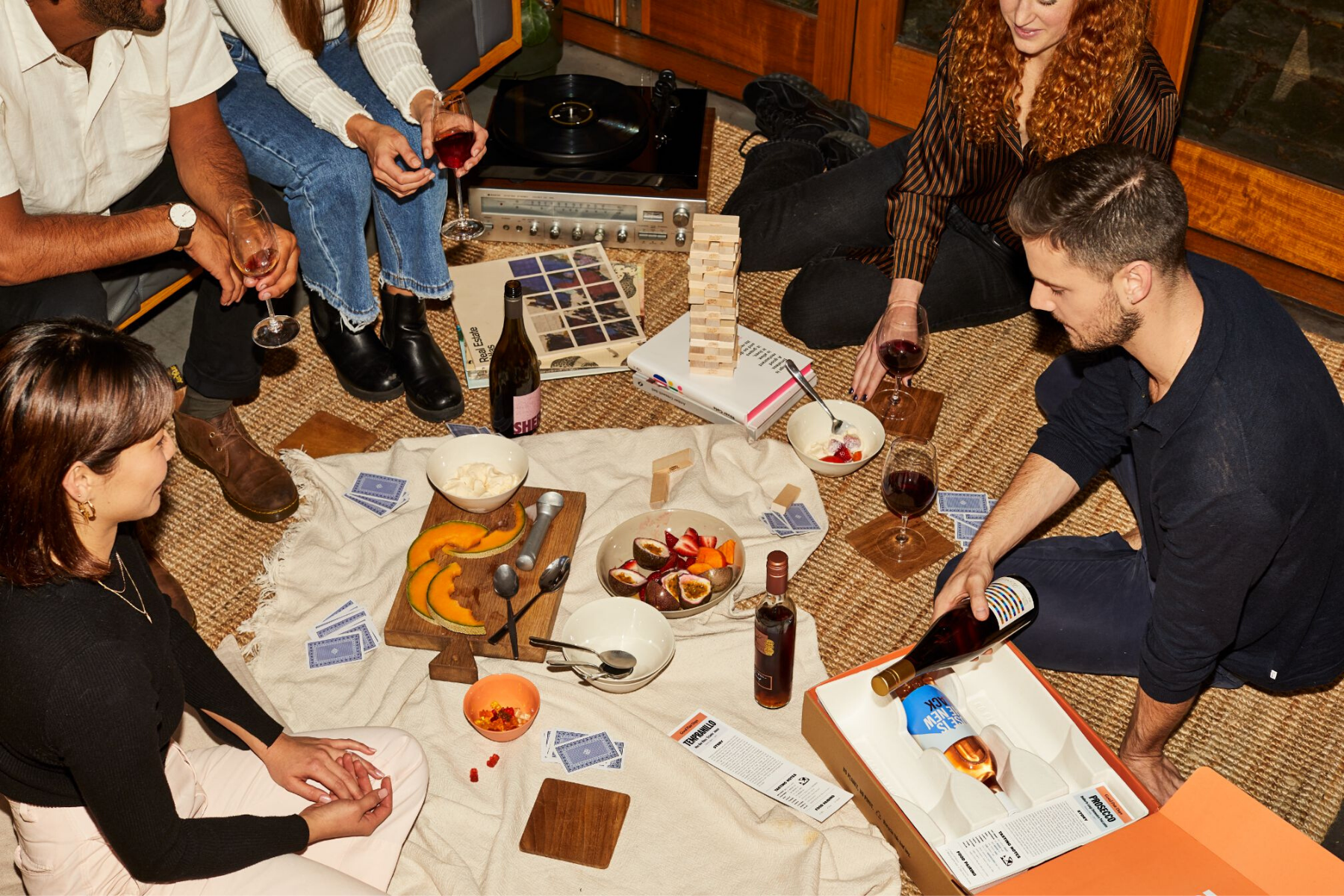

As of today in a lot of Australia we can officially have a couple of our favourite friends or family members in one room again! So to celebrate (responsibly of course) we thought we would revisit our top ten tips on hosting your very own (very intimate) wine tasting at home!
1. Location, Location, Location
Choose a theme - whether it’s reds, whites, bubbles, a region, a grape or a country, it will help to narrow your choices. A great place to start would be to choose a wine region or country.
With some of the world’s best wine grown in our own backyard, Australia has a huge range of grape varieties and different climates, offering the full spectrum of wine styles. You could choose different wines from the major regions such as Coonawarra, Margaret River, the Yarra or Barossa Valley and taste the wines they’re best known for.

Alternatively, you could choose an “around-the-world” tasting, sampling wines from France, Italy, Chile, Argentina, Spain or New Zealand to name just a few. Do your research on the countries and their wine regions and choose the varieties for which they are famous, for example, a Cabernet Sauvignon from Chile or a Pinot Noir from Burgundy, France.
2. Pick a grape, any grape
You can probably rattle off a few varieties, Shiraz, Pinot Noir, Riesling and Sauvignon Blanc…that leaves only approximately 3,000 others! Each grape variety has a unique flavour profile and texture, which can also differ when it’s grown in different places. You could use this opportunity to taste some of the lesser-known wine varieties such as Syrah, Tempranillo or Viognier.
Tasting the same wine varieties from different regions will demonstrate the distinctive aromas and flavours various regions impart on the wine variety. You can easily taste the difference between an acidic, gooseberry-laden Malborough Sauvignon Blanc, and a peachy Napa Valley version of the same variety.
You could also choose a range of varieties for your tasting but make sure you drink them in a logical order. Starting with the lighter white wines such as sauvignon blanc, and finishing with more full-bodied, assertive reds.
3. Match your food
You’ll be pleasantly surprised by the flavour combinations that can be found from food and wine matching. It should come as no surprise however that many of these great matches involve food and wine from the same place!
Try pairing some lovely Margaret Valley cheeses with wines from the region, or perhaps Italian food with Italian wines. Regions that have produced wine for centuries often do so in perfect sympathy with the local cuisine.
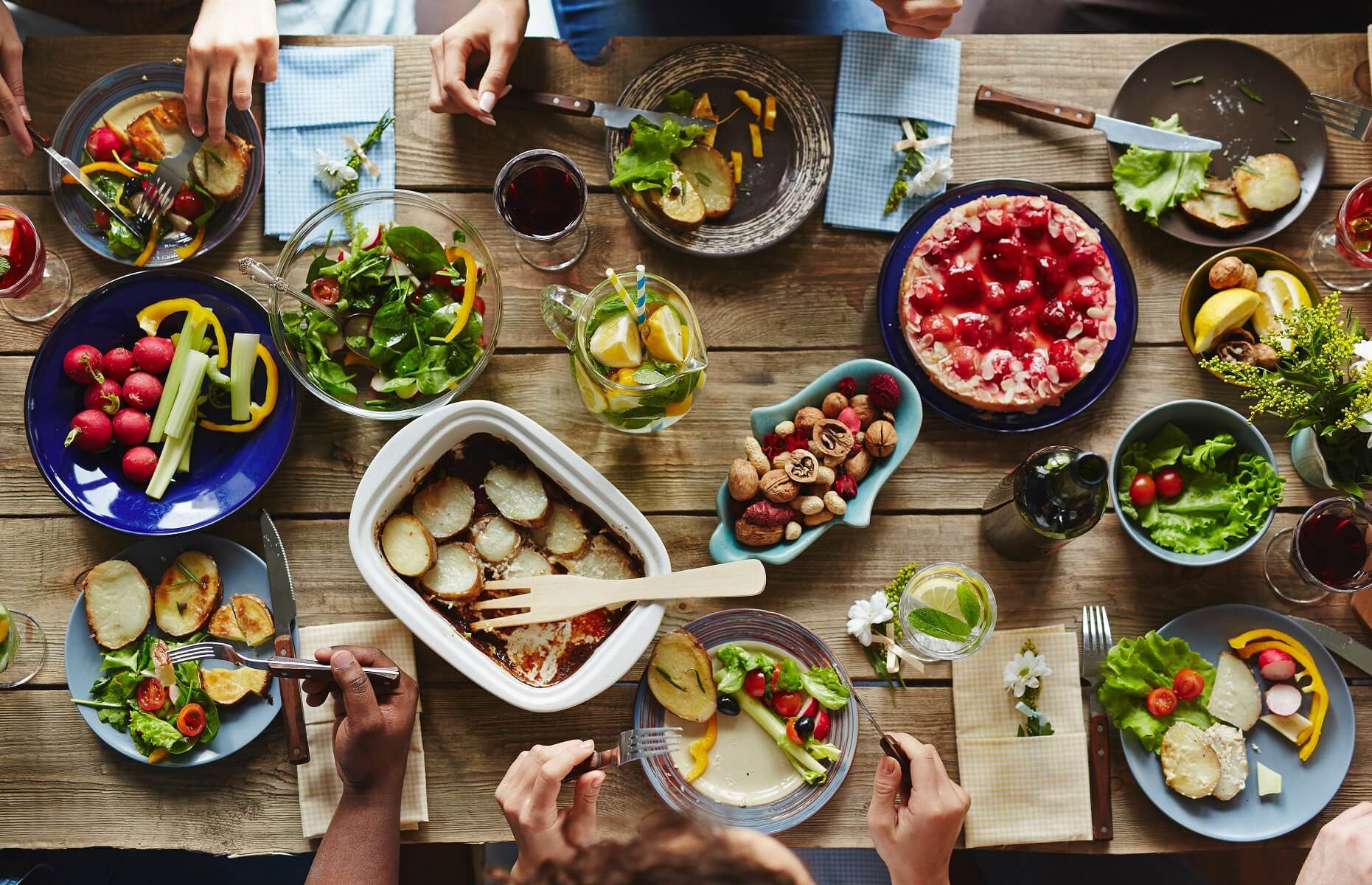
Some great and simple matches include off-dry riesling or pinot gris with the spice and exoticism of South East Asian cooking, dry Spanish rose with tapas and charcuterie, or the simple brilliance of Loire Valley Sauvignon Blanc and crottin de chavignol, one of the most famous Loire Valley goat's cheeses.
Experiment and enjoy!
4. Serving Temperature and Storage
Wine bottles hate the heat so keep your wine somewhere cool until you are ready to drink them, or at the very minimum away from any direct light. The coolest cupboard in the house will do for short-term cellaring.
When it comes time to drink, make sure the bottle feels warm or cool enough to drink. As a general rule, whites at around eight degrees and reds at around 15 (or whites 5 minutes out of the fridge and reds 20 minutes!)
In the same way that you shouldn’t cook a piece of meat direct from the fridge, give the wine a chance to wake up. Temperature can make a big difference to the flavours and textures you perceive.
5. Correct opening procedure with a corkscrew
If you’ve got a bottle with a screw cap, a crown seal (the same top as a beer) or a bottle of sparkling wine, then what are you waiting for!
If not, pay attention. Use the knife on the corkscrew to cut underneath the second lip of the top of the bottle. Cut neatly all the way around and gently remove the foil. Insert the screw (known as the worm to some wine nerds) into the dead centre of the cork, twisting in gently. Rest the grip of the lever on the top of the bottle neck and gently maneuver the cork out. Slowly does it. Easy.
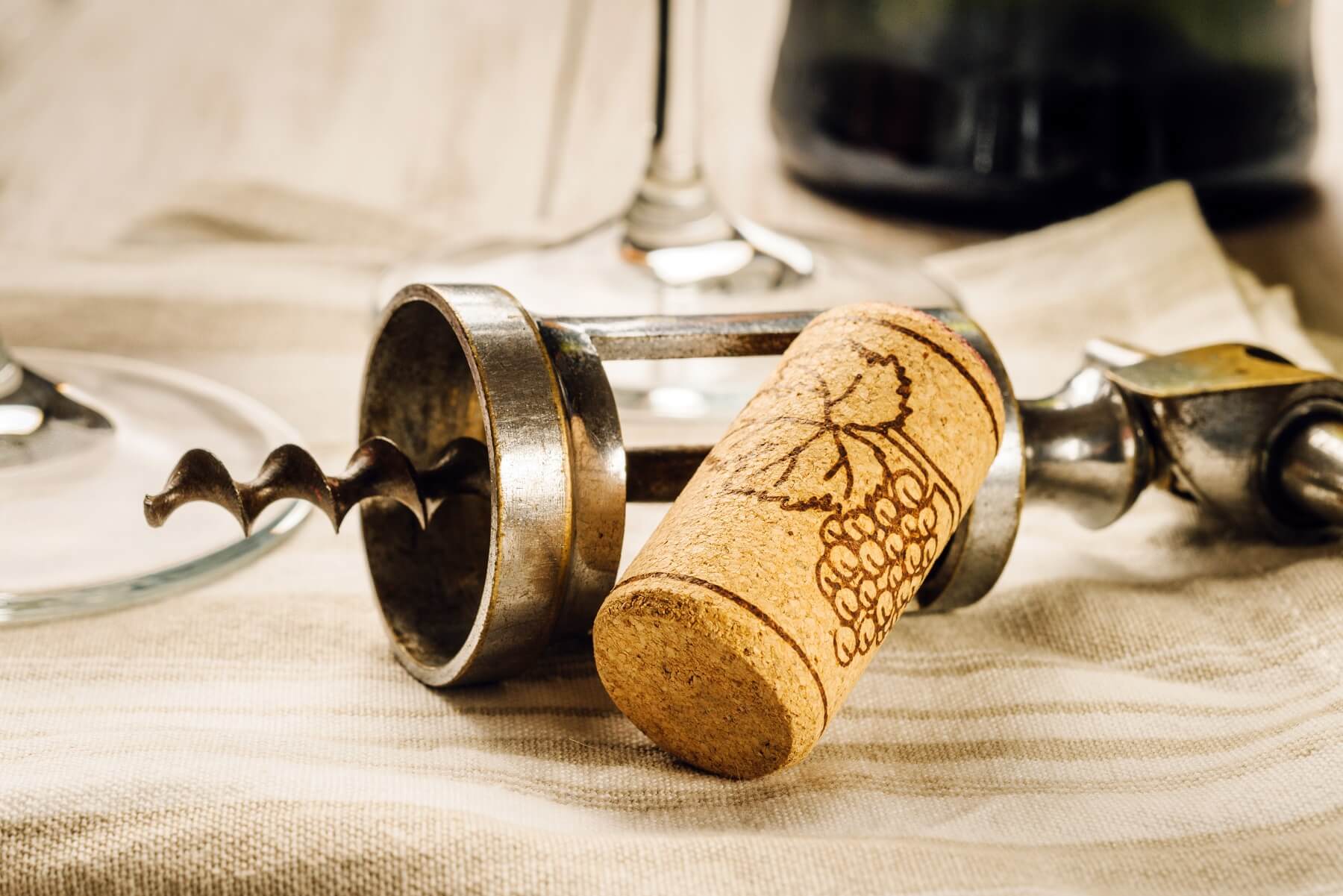
6. Decanting
Pouring wine into another vessel before a glass and then into your mouth may seem like a waste of time, but believe me; it can drastically improve many a wine.
We decant wine for a number of reasons: to aerate the wine and ‘wake it up’, to raise the temperature, and to remove any sediment.
Aeration will give the wine a chance to breathe, and agitate the flavours so that they are at their best for their big day (when you drink them!). Some older wines can throw small (harmless) particles, as can wines that are stored in a fridge for too long. By decanting the wine gently into a decanter (or jug or vase or shoe...whatever is handy), you can remove these particles and ensure you don’t have to chew on them later.
7. Glassware
The size and shape of the glass you use matters! Perhaps not as much as the expensive Austrian glass companies would have you believe, but it certainly makes a difference. It comes down to oxygen interaction, surface area and aroma/flavour molecule agitation. Sounds fancy, doesn’t it.
All it means is that by pouring your wine into a decent sized glass with a wide bowl and enough of a stem to hold properly, you’re going to get all the flavours the bottle has to offer.
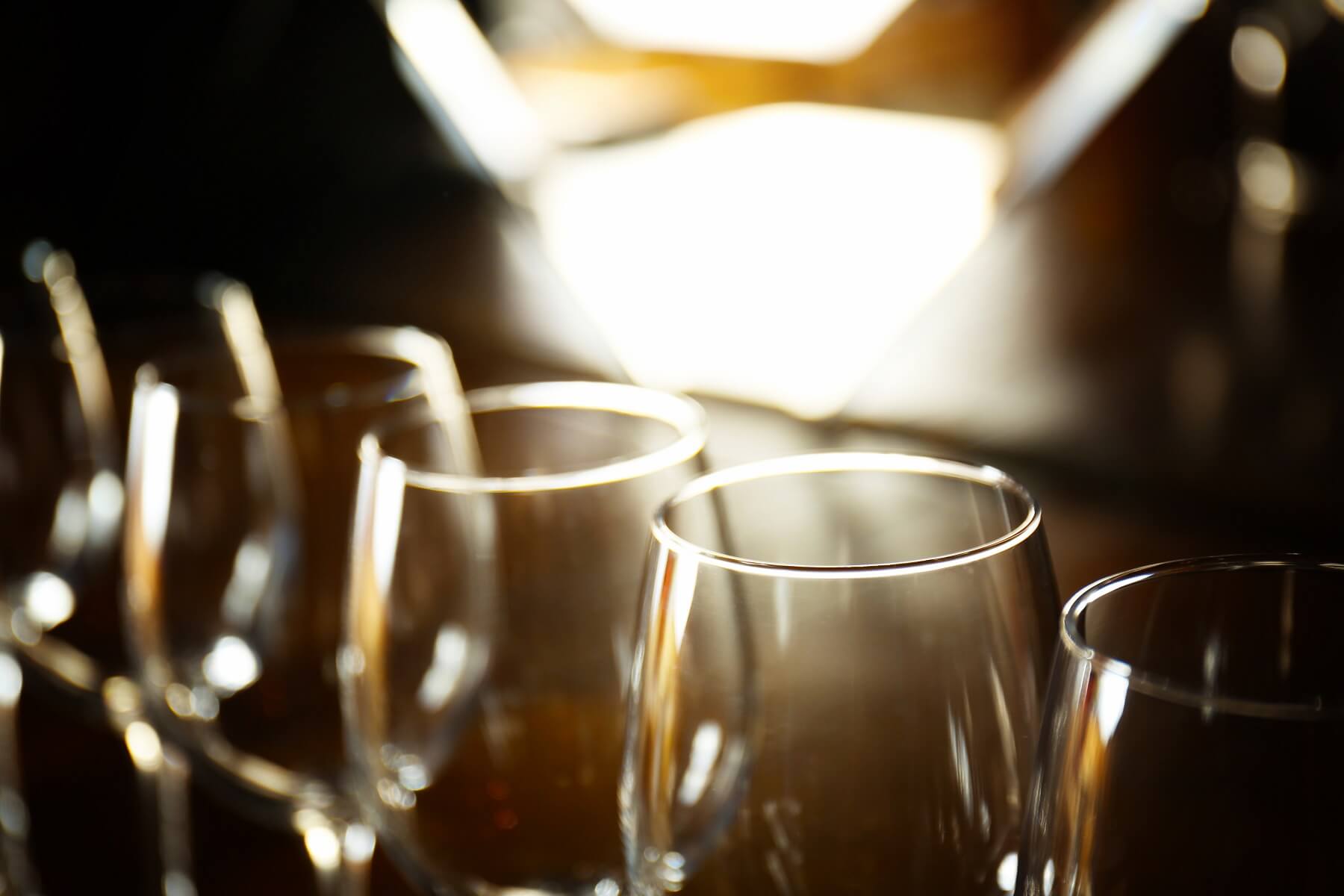
8. Swirl
Ahh, the swirl. The pretentious indicator of a wine bore. Or is it? The swirl isn’t just for effect. We’re back to the old surface area/agitation thing again. By swirling your glass of wine, you increase the surface area and introduce more oxygen into it, effectively waking it up. Flavours that would otherwise lie dormant can be coaxed into life with enough swirling. Just please, put your pinky finger down.
9. Cleanse your palate
Have water and perhaps some plain crackers on hand to cleanse your palate between tasting different wines. If you are using the same glasses and want to wash them between tastings, make sure you dry them too as the water will dilute the flavour of the next wine.
It’s just a drink (aka don’t preach about it)
Enough talk, taste it! Wine is one of life's great social lubricators and should be consumed with gusto and enjoyment. Don’t become one of those people at the party who loudly dissect the finesse of the acidity and the purity of the fruit….just drink the goddamn thing. Leave the posturing to the professionals and have some fun!
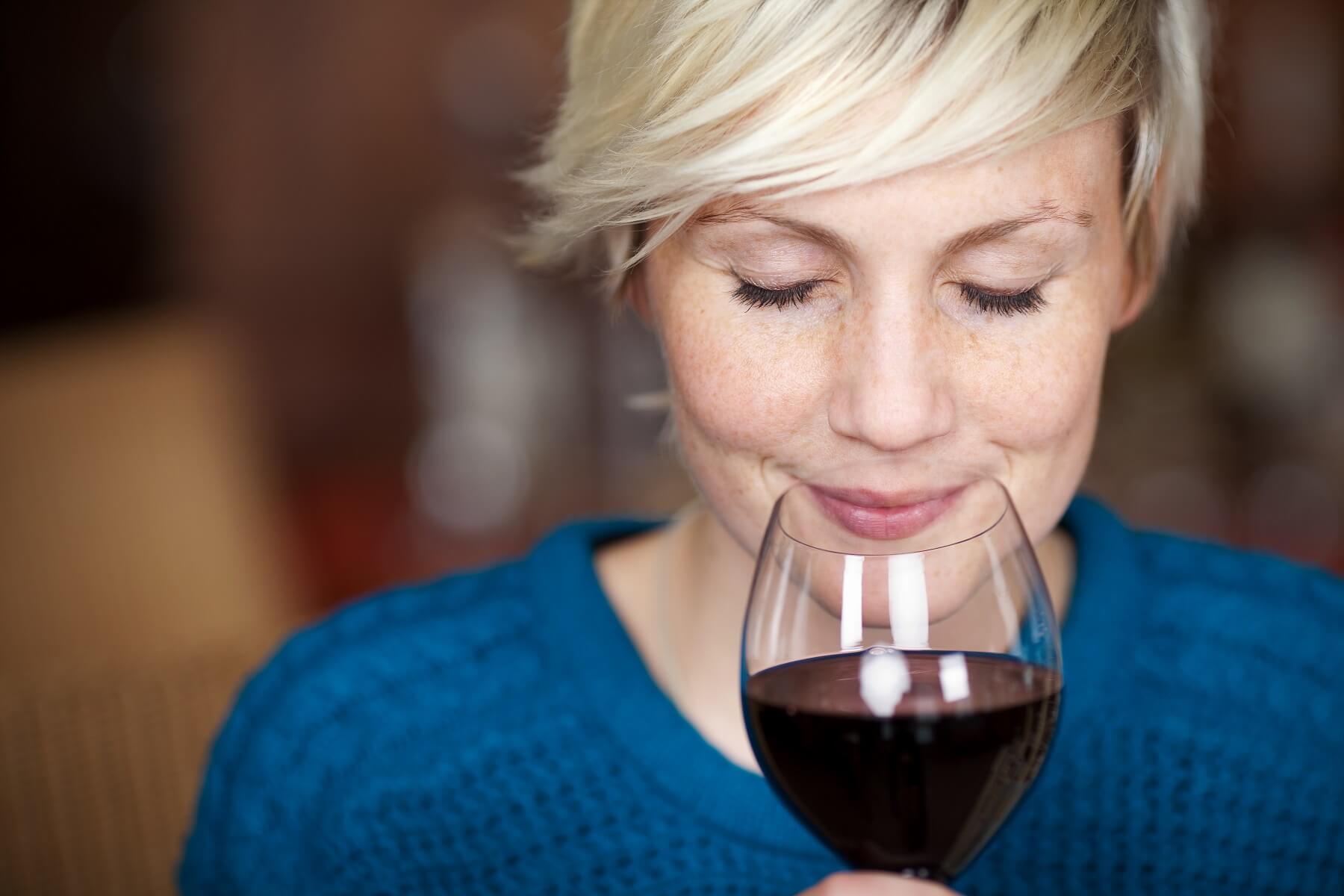
10. Get some wines recommended to your personal tastes
Okay this ones a little bit of a plug for our monthly wine adventures. But with the tips above in mind, why not start off with your planning with our wine palate quiz. We'll tell you our top 3 recommended wines according to your taste! Click here to take our Wine Palate Quiz and match your personal tastes to your top three wine recommendations
Do you know your wine personality? If your answer is no, take our quiz to find out which wines to pick up next and build your box!
Build my box





